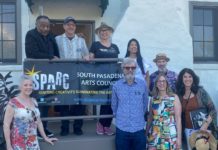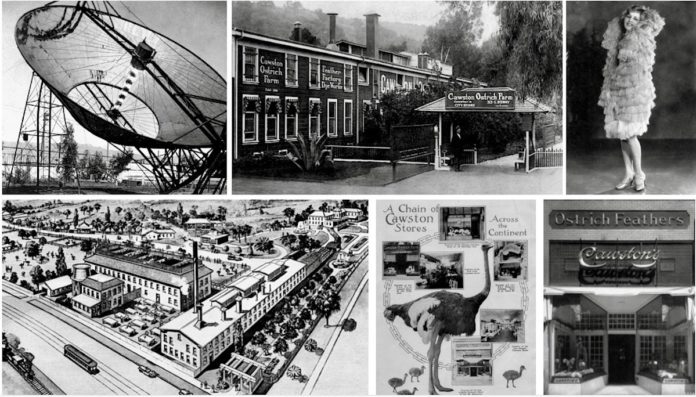
Back in the day, ostriches were raised for their feathers. Not to eat. Instead, women flaunted feather plumes on their hats, boas, and hand-held fans.
South Pasadena’s Cawston Ostrich Farm was the largest producer of ostrich feathers in the world. The extraordinary feather factory had a “chain of Cawston stores across the continent” with retail outlets in San Francisco, Chicago, New York, St. Louis, and Los Angeles.
Cawston Ostrich Farm sold feather fashion products to consumers at factory-direct prices. The mail order business alone accounted for most of the sales, and for a time the South Pasadena business was the city’s largest employer.

At the height of the ostrich craze in America, the farm became an amusement park – catering to winter vacationers seeking thrills in the California sunshine. Before Mr. Toad’s Wild Ride at Disneyland, there was Mr. Cawston’s Wild Ostrich Ride on the grounds where the Ostrich Farm Lofts is today. The difference, the bareback ostriches were alive! They couldn’t eat you like a Jurassic Park adventure, but they could kick you, or eat your shiny neckless, barrette, or brooch.
Throwback Thursday is written and produced by Rick Thomas



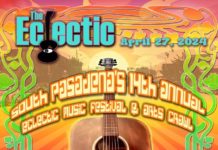
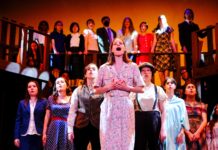

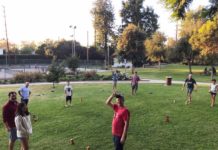
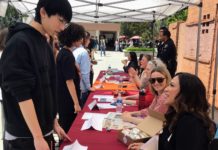







.png)








